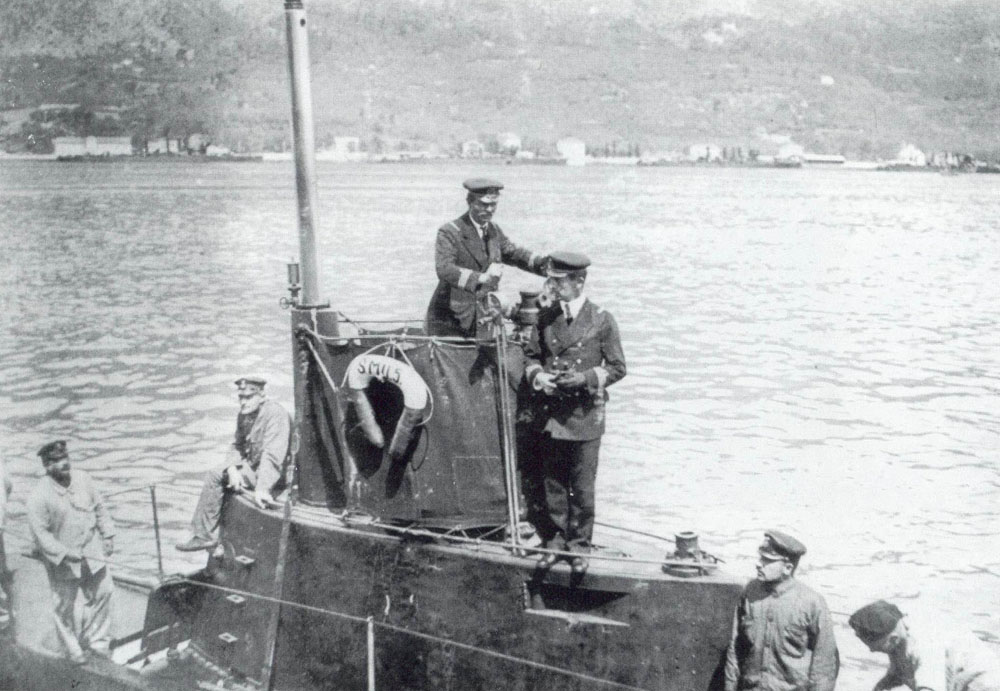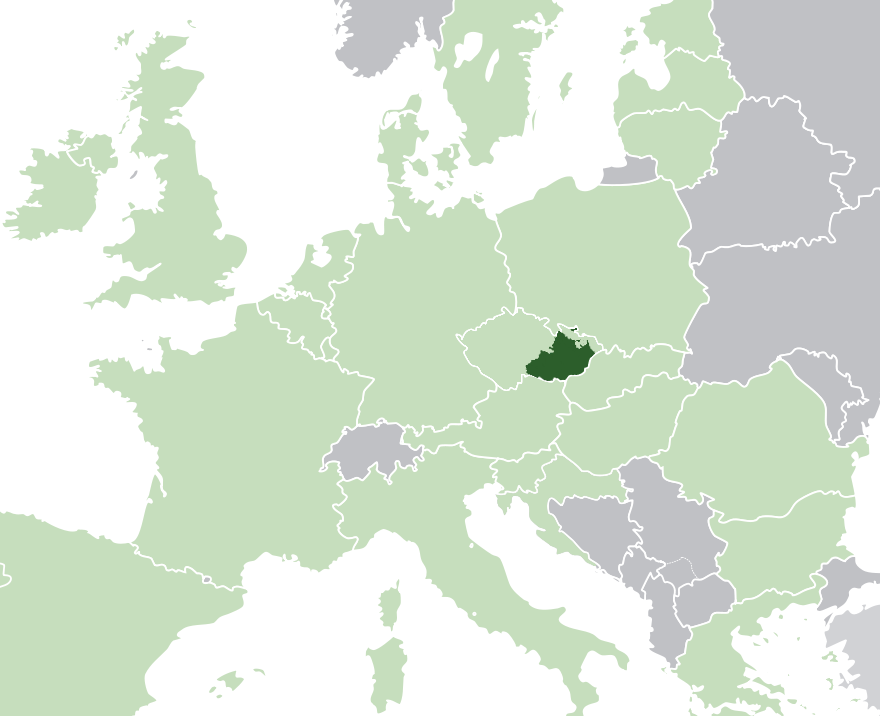|
Maria Von Trapp
Maria Augusta von Trapp Order of the Holy Sepulchre (Catholic), DHS (; 26 January 1905 – 28 March 1987), often styled as "Baroness", was the stepmother and matriarch of the Trapp Family, Trapp Family Singers. She wrote ''The Story of the Trapp Family Singers'', which was published in 1949 and was the inspiration for the 1956 West German film ''The Trapp Family'', which in turn inspired the 1959 Broadway musical ''The Sound of Music'' and its 1965 The Sound of Music (film), film version. Biography Early life Maria was purportedly born on 26 January 1905 to Karl and Augusta (''née'' Rainer) Kuczera. She says she was delivered on a train on the night of the 25th, during her mother's return from her homeland of Tyrol (state), Tyrol to their family residence in Vienna, Austria. She was baptized into the Catholic Church on the 29th within the Alservorstadt parish and maternity hospital. Her father was a Commissionaire, hotel commissionaire, born in Vienna, the son of Josef K ... [...More Info...] [...Related Items...] OR: [Wikipedia] [Google] [Baidu] |
Order Of The Holy Sepulchre (Catholic)
The Equestrian Order of the Holy Sepulchre of Jerusalem (, OESSH), also called the Order of the Holy Sepulchre or Knights of the Holy Sepulchre, is a Catholic Church, Catholic order of knighthood under the Fount of honour, protection of the Holy See. The pope is the sovereign of the order. The order creates canons as well as knights, with the primary mission to "support the Christian presence in the Holy Land". It is an internationally recognised order of chivalry. The order today is estimated to have some 30,000 knights and dames in 60 lieutenancies around the world. The Catholic Order is distinct from the Order of the Holy Sepulchre (Orthodox), Greek Orthodox "Equestrian Order of the Holy Sepulchre", presided over by the Greek Orthodox Patriarch of Jerusalem. The Grand Master (order), Cardinal Grand Master has been Fernando Filoni since 2019, and the Latin Patriarchate of Jerusalem, Latin Patriarch of Jerusalem is ''ex officio'' the Order's grand prior, Grand Prior. Its head ... [...More Info...] [...Related Items...] OR: [Wikipedia] [Google] [Baidu] |
Tyrol (state)
Tyrol ( ; ; ) is an Austrian Provinces of Austria, federal state. It comprises the Austrian part of the historical County of Tyrol, Princely County of Tyrol. It is a constituent part of the present-day Euroregion Tyrol–South Tyrol–Trentino (together with South Tyrol and Trentino in Italy). The capital of Tyrol is Innsbruck. Geography Tyrol is separated into two parts, divided by a strip of Salzburg (federal state), Salzburg State. The two constituent parts of Tyrol are the northern and larger North Tyrol () and the southeastern and smaller East Tyrol ('). Salzburg State lies to the east of North Tyrol, while on the south Tyrol has a border to the Italy, Italian province of South Tyrol, which was part of the Austro-Hungarian Empire before the First World War. With a land area of , Tyrol is the third-largest federal state in Austria. North Tyrol shares its borders with the federal states Salzburg in the east and Vorarlberg in the west. In the north, it adjoins the Germany ... [...More Info...] [...Related Items...] OR: [Wikipedia] [Google] [Baidu] |
Postulant
A postulant (from , "to ask") was originally one who makes a request or demand; hence, a candidate. The use of the term is now generally restricted to those asking for admission into a Christian monastery or a religious order for the period preceding their admission into the novitiate. The term is most commonly used in the Catholic Church, Lutheran Churches, and the Anglican Communion (which includes the Episcopal Church) to designate those who are seeking ordination to the diaconate or priesthood. In this respect, postulancy is generally considered the first formal step leading to candidacy (for ordination) and ordination. The Eastern Orthodox Church uses this term less frequently. Purpose, duration and formation Nuns at a procession in 1915. The postulants in their garbs are walking in front of the professed nuns. The length of time that a prospective candidate remains a postulant may vary depending on the institution or the postulant's situation. Among active religious ... [...More Info...] [...Related Items...] OR: [Wikipedia] [Google] [Baidu] |
Salzburg
Salzburg is the List of cities and towns in Austria, fourth-largest city in Austria. In 2020 its population was 156,852. The city lies on the Salzach, Salzach River, near the border with Germany and at the foot of the Austrian Alps, Alps mountains. The town occupies the site of the Roman settlement of ''Iuvavum''. Founded as an episcopal see in 696, it became a Prince-Archbishopric of Salzburg, seat of the archbishop in 798. Its main sources of income were salt extraction, trade, as well as gold mining. The Hohensalzburg Fortress, fortress of Hohensalzburg, one of the largest medieval fortresses in Europe, dates from the 11th century. In the 17th century, Salzburg became a centre of the Counter-Reformation, with monasteries and numerous Baroque churches built. Salzburg has an extensive cultural and educational history, being the birthplace of Wolfgang Amadeus Mozart and being home to three universities and a large student population. Today, along with Vienna and the Tyrol (st ... [...More Info...] [...Related Items...] OR: [Wikipedia] [Google] [Baidu] |
Benedictines
The Benedictines, officially the Order of Saint Benedict (, abbreviated as O.S.B. or OSB), are a mainly Christian mysticism, contemplative Christian monasticism, monastic Religious order (Catholic), order of the Catholic Church for men and for women who follow the Rule of Saint Benedict. Initiated in 529, they are the oldest of all the religious orders in the Latin Church. The male religious are also sometimes called the Black Monks, especially in English speaking countries, after the colour of their religious habit, habits, although some, like the Olivetans, wear white. They were founded by Benedict of Nursia, a 6th-century Italian monk who laid the foundations of Benedictine monasticism through the formulation of his Rule. Benedict's sister, Scholastica, possibly his twin, also became a religious from an early age, but chose to live as a hermit. They retained a close relationship until her death. Despite being called an order, the Benedictines do not operate under a single ... [...More Info...] [...Related Items...] OR: [Wikipedia] [Google] [Baidu] |
Nonnberg Abbey
Nonnberg Abbey () is a Order of Saint Benedict, Benedictine monastery in Salzburg, Austria. Founded by Saint Rupert of Salzburg, it is the oldest continuously existing convent, nunnery in the German-speaking world. The monastery complex is today a protected monument and part of the Altstadt Salzburg, Historic Centre of the City of Salzburg, a UNESCO List of World Heritage Sites in Austria, World Heritage Site since 1996. History In the early eighth century, Rupert of Salzburg established the monastery beneath the Festungsberg hill and the ruined fortifications of the former Roman Empire, Roman city of ''Juvavum''. Its first abbess was Saint Saint Erentrude, Erentrudis of Salzburg, who was either a niece or a sister of Bishop Rupert. Since 1624 she has held the title of "Landesmutter Salzburgs" (Mother of Salzburg) and her tomb is in the crypt of the church. The abbey's endowment was provided by the Agilolfings, Agilolfing duke Theodo of Bavaria and his successor Theodbert of Bava ... [...More Info...] [...Related Items...] OR: [Wikipedia] [Google] [Baidu] |
Pulmonary Tuberculosis
Tuberculosis (TB), also known colloquially as the "white death", or historically as consumption, is a contagious disease usually caused by ''Mycobacterium tuberculosis'' (MTB) bacteria. Tuberculosis generally affects the lungs, but it can also affect other parts of the body. Most infections show no symptoms, in which case it is known as inactive or latent tuberculosis. A small proportion of latent infections progress to active disease that, if left untreated, can be fatal. Typical symptoms of active TB are chronic cough with blood-containing mucus, fever, night sweats, and weight loss. Infection of other organs can cause a wide range of symptoms. Tuberculosis is spread from one person to the next through the air when people who have active TB in their lungs cough, spit, speak, or sneeze. People with latent TB do not spread the disease. A latent infection is more likely to become active in those with weakened immune systems. There are two principal tests for TB: interferon- ... [...More Info...] [...Related Items...] OR: [Wikipedia] [Google] [Baidu] |
Graz
Graz () is the capital of the Austrian Federal states of Austria, federal state of Styria and the List of cities and towns in Austria, second-largest city in Austria, after Vienna. On 1 January 2025, Graz had a population of 306,068 (343,461 including secondary residence). In 2023, the population of the Graz larger urban zone (LUZ) stood at 660,238. Graz is known as a city of higher education, with four colleges and four universities. Combined, the city is home to more than 60,000 students. Its historic centre (''Altstadt'') is one of the best-preserved city centres in Central Europe. In 1999, the city's historic centre was added to the UNESCO list of World Heritage Sites and in 2010 the designation was expanded to include Eggenberg Palace, Graz, Eggenberg Palace () on the western edge of the city. Graz was designated the Cultural Capital of Europe in 2003 and became a City of Culinary Delights in 2008. In addition, the city is recognized as a "Design Cities (UNESCO), Design City ... [...More Info...] [...Related Items...] OR: [Wikipedia] [Google] [Baidu] |
Vídeň (Žďár Nad Sázavou District)
Vídeň is a municipality and village in Žďár nad Sázavou District in the Vysočina Region of the Czech Republic. It has about 500 inhabitants. Vídeň lies approximately south of Žďár nad Sázavou, east of Jihlava, and south-east of Prague Prague ( ; ) is the capital and List of cities and towns in the Czech Republic, largest city of the Czech Republic and the historical capital of Bohemia. Prague, located on the Vltava River, has a population of about 1.4 million, while its P .... History The first written mention of Vídeň is from 1370. Demographics References External links * Villages in Žďár nad Sázavou District {{Vysočina-geo-stub ... [...More Info...] [...Related Items...] OR: [Wikipedia] [Google] [Baidu] |
Moravians
Moravians ( or Colloquialism, colloquially , outdated ) are a West Slavs, West Slavic ethnic group from the Moravia region of the Czech Republic, who speak the Moravian dialects of Czech language, Czech or Czech language#Common Czech, Common Czech or a mixed form of both. Along with the Silesians of the Czech Republic, a part of the population to identify ethnically as Moravian has registered in Czech censuses since 1991. The figure has fluctuated and in the 2011 census, 6.01% of the Czech population declared Moravian as their ethnicity. Smaller pockets of people declaring Moravian ethnicity are also native to neighboring Slovakia. Etymology A certain ambiguity in Czech language, Czech derives from the fact that it distinguishes between (Bohemia proper) and (Czech Republic as a whole), but the corresponding adjective and noun designating an inhabitant and/or a member of a nation can be related to either of them. The adjective and the noun ('Bohemian') carry only the m ... [...More Info...] [...Related Items...] OR: [Wikipedia] [Google] [Baidu] |





